
Deagostini Millennium Falcon Controller
Introduction to the Deagostini Millennium Falcon Model The Deagostini Millennium Falcon is a highly detailed, 1:1 scale model of the iconic spaceship from the Star[…]
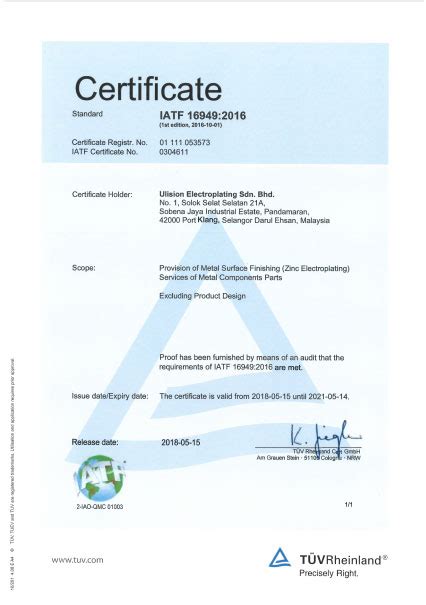
RAYPCB Certificate of IATF
What is IATF Certification? The International Automotive Task Force (IATF) is an organization that develops and maintains the IATF 16949 standard, which is a quality[…]

Get a 10 coupon on our Easter promotion
Celebrate Easter with Our Exclusive $10 Coupon Easter is a time for celebration, family gatherings, and enjoying delicious treats. To make your Easter even more[…]

Isola Adds PCB Certification
Isola Group Expands Its Offerings with New PCB Certification Isola Group, a leading global manufacturer of high-performance materials for printed circuit boards (PCBs), has recently[…]
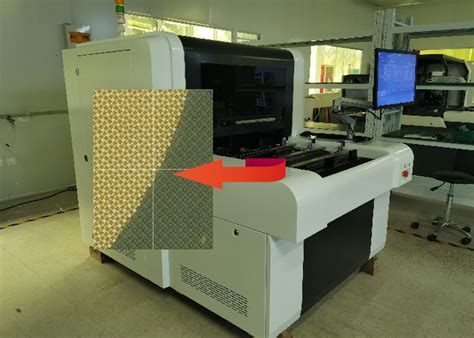
Ultraviolet Lasers In PCB Manufacturing
Introduction to PCB Ultraviolet Lasers Printed Circuit Boards (PCBs) are the backbone of modern electronics, found in everything from smartphones to aerospace systems. The manufacturing[…]
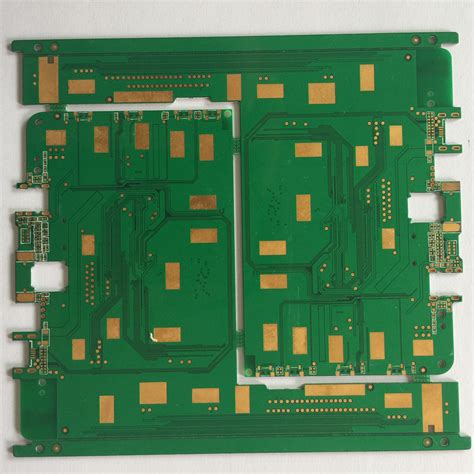
pcb copper board
Introduction to PCB Copper Boards Printed Circuit Boards (PCBs) are the backbone of modern electronic devices, providing a platform for components to be mounted and[…]
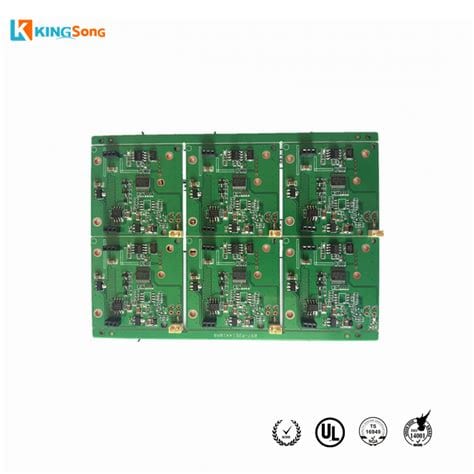
pcb cost drivers and designing cost
Understanding the Key Factors Influencing PCB Costs Printed Circuit Boards (PCBs) are essential components in electronic devices, connecting and supporting various electronic components. As businesses[…]

pcb current carrying capacity how hot too hot
Understanding PCB Current Capacity When designing and manufacturing printed circuit boards (PCBs), one of the most crucial factors to consider is the current carrying capacity[…]
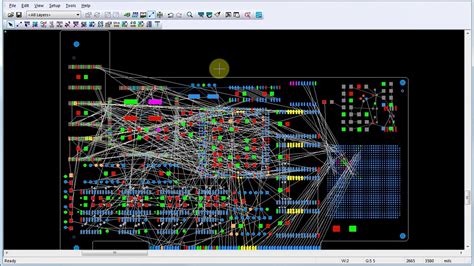
pcb debugging tips tools and tricks 0
Introduction to PCB Debugging PCB (Printed Circuit Board) debugging is an essential skill for electronics engineers and hobbyists alike. It involves identifying and resolving issues[…]
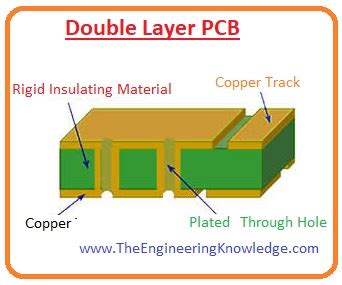
pcb design advantages you can expect altium designer 3d viewing
What is 3D Viewing in PCB Design? 3D viewing in PCB design refers to the ability to visualize your PCB layout in a three-dimensional space.[…]